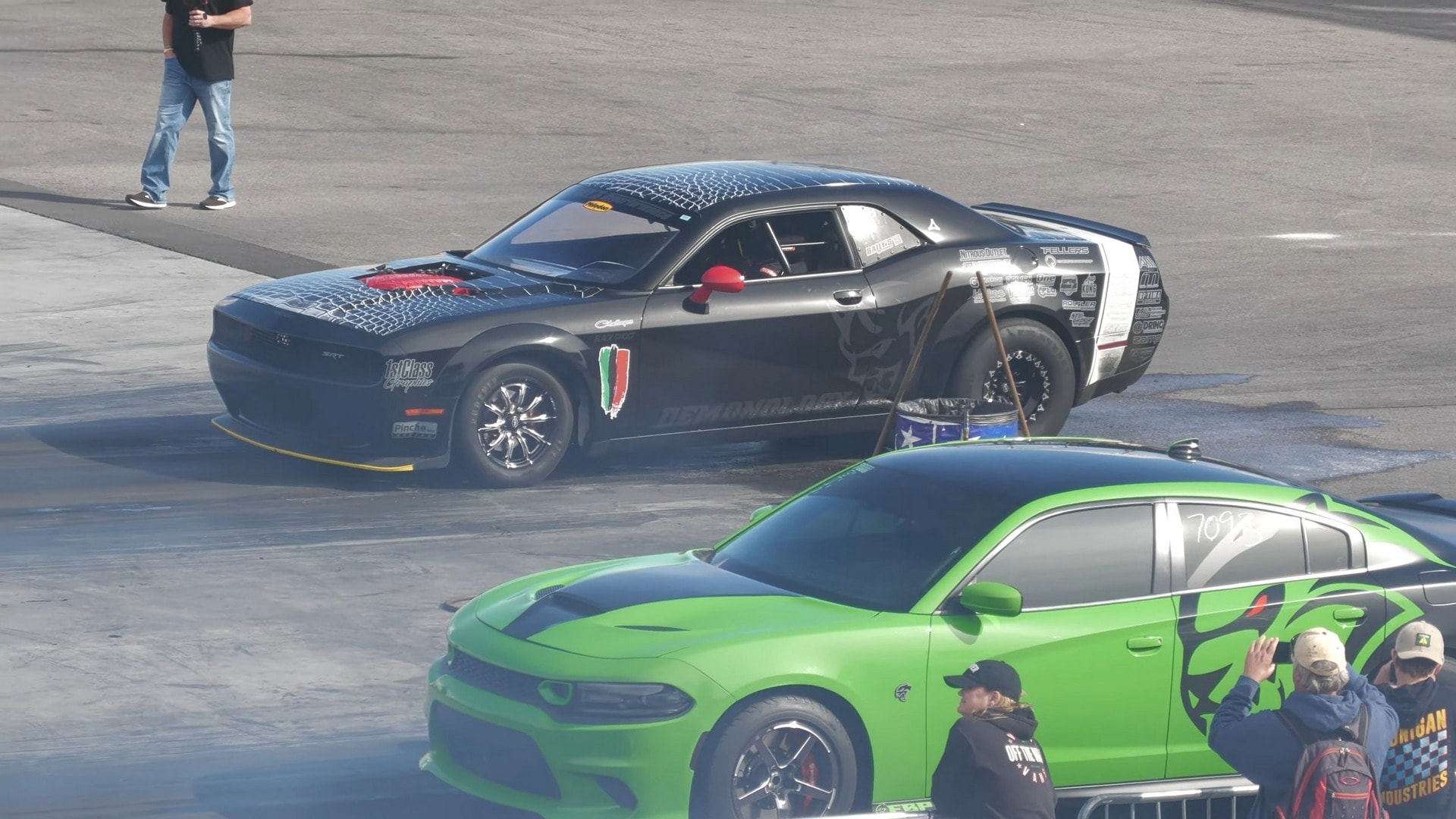There will come a time when drag racing, once dominated by piston-powered cars, becomes a pursuit reserved for the affluent elite who can afford the upkeep and competition of these relics from the fossil fuel era.
Similar to the gradual decline of horses from everyday life, the roar of gasoline-powered muscle will eventually fade into the annals of history, confined to niche circles far removed from mainstream societal trends. Yet, until that inevitable transition occurs, we can relish in the thunderous clashes of muscle cars tearing down the speedways.

Despite the official demise of HEMI-powered Mopars, as the manufacturer bids farewell to its legendary V8 bloodline, enthusiasts remain steadfast in their commitment to upholding the legacy of raw power. While electric vehicles boast superior acceleration and efficiency, there’s an undeniable allure to the symphony of sixteen cylinders roaring to life, propelling metal behemoths to speeds exceeding 150 mph.
Despite sharing the same powerplant as the Challenger, the Charger Hellcat lining up beside it likely conceals a myriad of horsepower-enhancing modifications. Its jaw-dropping performance, clocking a blistering 9.10-second sprint with a terminal velocity of 151.32 mph, leaves spectators in awe.
In a gripping race, the Charger gains an early lead, leaving the Challenger playing catch-up. However, with remarkable acceleration, the Challenger swiftly narrows the gap and surges ahead, crossing the finish line in a blazing 8.64 seconds with a trap speed of 161.46 mph, showcasing the undeniable prowess of American muscle.

